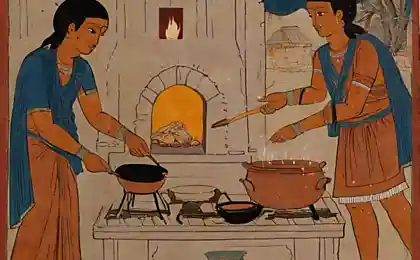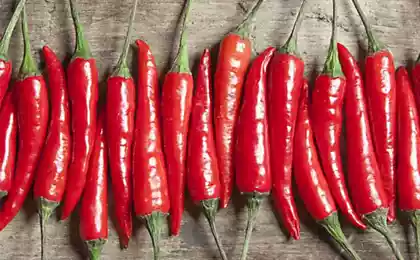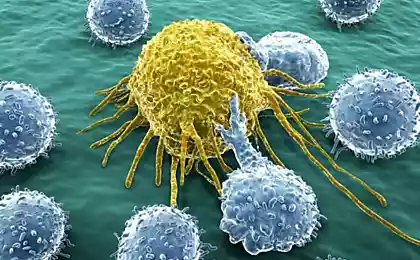1210
10 most sensual aphrodisiacs and their history
Oysters, avocado, chocolate, honey ... It is believed that some foods cause the passion and increase potency. Traditionally, eating them together in love. But every such product is its fascinating history.
1. Ustritsy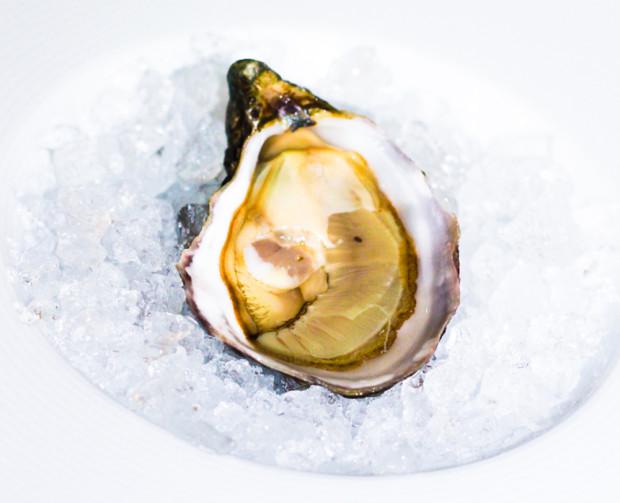
It is said that the famous lover Casanova ate every day for breakfast on 50 oysters, to prepare yourself for the day's work. Also Oysters have always been obligatory dish on the famous Roman orgies, not least the famous Roman doctors prescribed them as a cure for male impotence. One of the reasons why the oysters are associated with love - it's their lip-like shape. But it is also related to the reproductive cycle of these animals.
Oysters produce reproductive material flow directly into the water. There is a so-called external fertilization, but people have long believed their sexual giants. Before we learn how to breed oysters, they are closely linked with the Greek goddess of love and sexual desire Aphrodite. All shellfish were her sacred animals - according to legend, it originated in the clam shell. Pearl was considered a sacred stone of the goddess.
2. Avokado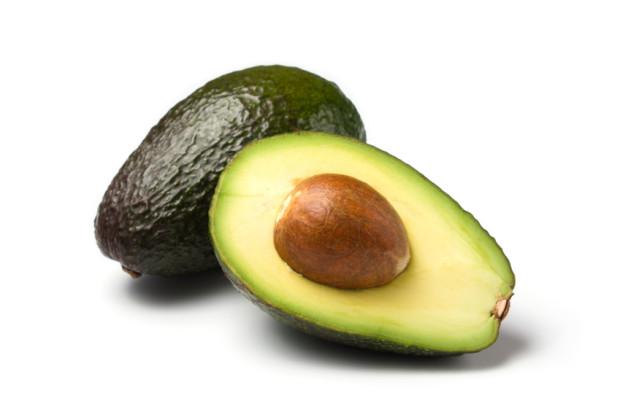
Avocado adored Louis XIV, he believed that these fruits are beneficial to his libido. Avocados have a creamy, soft texture, and when you eat, there is a strange feeling. But the fruits of love they were not considered so.

Avocados hanging in the trees in pairs, and they are similar to a certain part of the male body. The Aztecs called the fruit «ahuacatl», which means "egg". When the Spaniards learned about the Aztec culture avocados already considered one of the fruits of love.
Later, the fruit spread to the north, and farmers began to sell it to the Americans. Those invented a new name for a fruit, which was easier to pronounce. In addition, it did not mean anything wrong. However, the previous alternate name for avocado, "crocodile pear", was no better than "eggs».
3. Mindal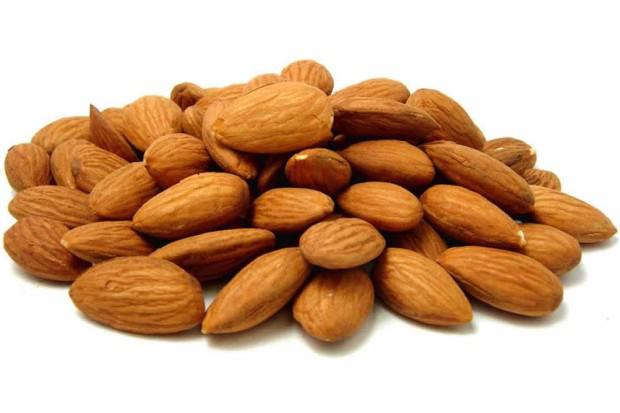
At weddings can often see small candy with almonds. It is not just the taste, it's a tradition. Almonds are considered an aphrodisiac in ancient Greece: Greek couple received a blessing by means of almonds to their union was fruitful. And if an unmarried girl under the pillow kept almonds, its image was supposed to be in the thoughts of her future husband.
In Morocco, almond is used to convey good luck bride's future generations - it is presented to children after the wedding night the young. And in India, almonds give the representative of the opposite sex is to make quite clear proposal.
The relationship between fertility almonds and dates back to the Bible. Chapter 17: 1-8 Numbers book tells the story of the rods, these children of Israel. Aaron got the rod for the house of Levi, and he knew that his family will prosper if the rod will blossom, and it will grow almonds. Also almonds and mentioned elsewhere in the Old Testament, but the reproduction of at least a hint of plain text when God asked Jeremiah what he sees before him, he said he sees the fruits of the almond tree.
4. Granat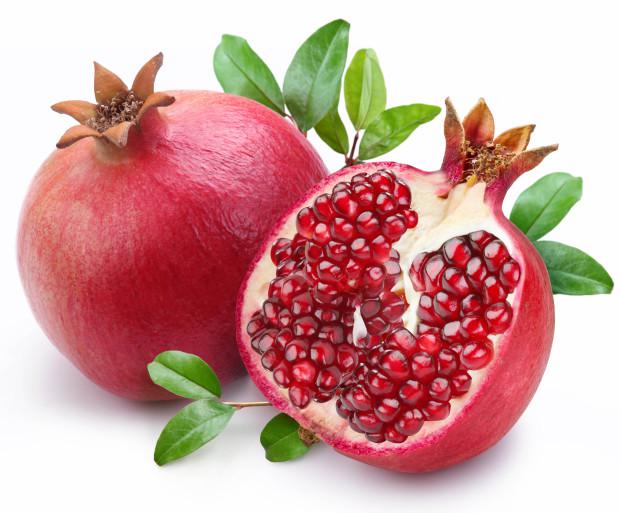
Pomegranate - the fruit of another, whose history dates back to Aphrodite, the goddess who gave her name aphrodisiac. According to Greek legend, the first pomegranate tree was planted by Aphrodite in Cyprus. His relationship with her was confirmed by the structure of pomegranate - the fruit is filled with seeds.
Pomegranate has also become a sacred symbol of Hera, the goddess and the two together are the reason that the garnet became associated with marriage and fertility. In the expanded garnet we see not only a variety of seeds - the color symbolizes the blood of a virgin and was thus indirectly connected again with the marriage.
Pomegranates appear in the myth of Persephone: She eats some pomegranate seeds to secure an alliance with Hades.
5. Zhaby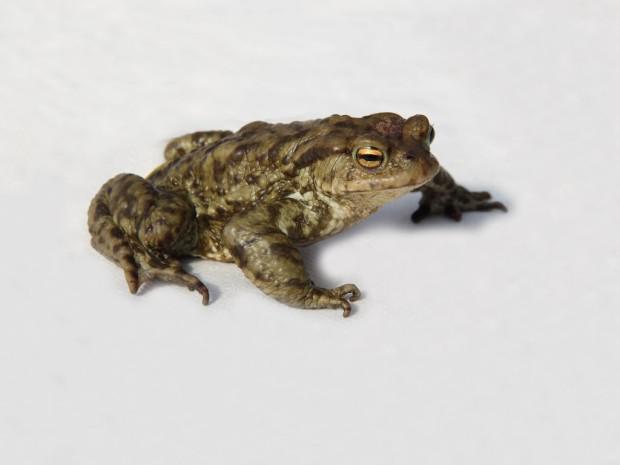
Along with the wild toad licking habit to cause hallucinations, and even toads used to produce chemical aphrodisiacs. More recently, in 1990, preparations based on these substances were the cause of several deaths. The drug (officially it was called bufadienolides, but the people got the name "steadfast") was a deadly combination of chemicals, long used in Chinese medicine. The so-called "aphrodisiac" called first vomiting, then cardiac arrest or respiratory failure.
Death began when people started to take the drug by mouth, but in traditional Chinese medicine ingredient often rubbed into the skin. "Chang Soo," a substance obtained from the prepared zhabih toxin reduces swelling and stimulates the body. It also causes numbness, and this is the quality can really act as an aphrodisiac. If they rub a certain part of the body, it reduces sensation and increases the duration of sex. But if it is wrong to prepare and then eat, the substance would be fatal.
If you've ever wondered why the princess in the fairy kissing a frog or toad to find a prince, you know - this is not accidental. It does not just enjoy the hallucinations - it could be a hint of aphrodisiac qualities.
6. Horn nosoroga
At the beginning of XX-th century on the planet were about half a million rhinos. By the beginning of XXI-st century the number was reduced to a thousand - due to poaching rhinos are on the brink of extinction. The number has stabilized, but the threat to rhinos still not disappeared.
Poachers shoot rhinos for their horns, allegedly a powerful aphrodisiac, as the rhino horn is used in Chinese medicine for centuries for a variety of purposes - it is believed that it banishes nightmares and evil spirits, it removes the effects of food poisoning, eases pain from arthritis cures cold and fever, and even an antidote against snake bites. But as an aphrodisiac it is not used.
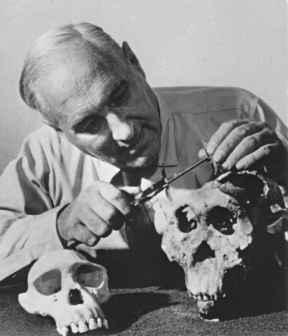
Rhino horn was seen as an aphrodisiac because of a misunderstanding of the people of the West. It happened in the 1950s, and by the 1960s it became extremely popular misconception, because it has distributed the famous anthropologist Louis Leakey.
There is one practice, perhaps leading to the emergence of a giant error. It is the Middle Eastern custom of initiation of boys into adulthood - at the ceremony, they should keep the daggers of rhino horns. In Greece, they believed that the horn cleans water from the poisons and toxins, and in Persia believed that the bubbles that appear when pour poison into a cup of rhino horn, do not have anything to do with an aphrodisiac.
7. Shokolad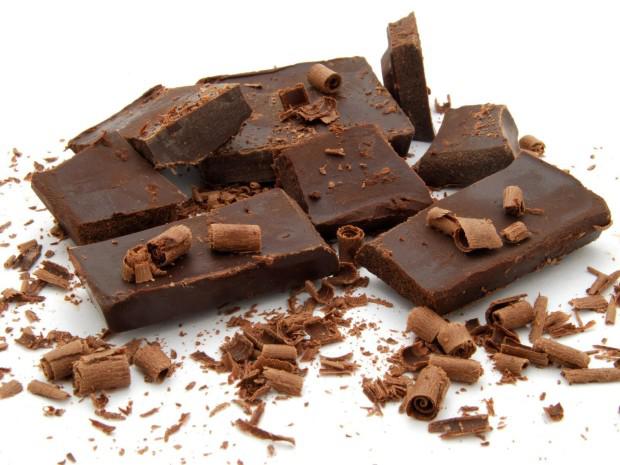
On Valentine's Day chocolate has become the most popular commodity, but the scientific evidence of how well it is an aphrodisiac, yet. Some studies suggest that chocolate does contain chemicals that make us feel good, but their content is so low that it can be ignored.
But this is not a new trend: the cocoa beans are grown and used back in the 1400s BC. e., far longer than had long been assumed.
Many records show the importance of chocolate in the Mayan and Aztec cultures: in both civilizations from cocoa beans was prepared drink, but did not eat - edible chocolate appeared much later. Chocolate is often used as a ceremonial drink of the Mayans was quite accessible to the average person, but at the same time was considered a drink of the gods. On the wedding and engagements couples often drinking chocolate - it was part of the rituals associated with the change of life status.
Chocolate has also been extremely valuable to the Aztecs. It was believed that chocolate was a gift from the god Quetzalcoatl mortals: it, like the Greek Prometheus, was expelled from heaven, and he brought in a gift chocolates instead of fire to mortals.
The seeds of cocoa beans were used as currency, and drinking the beverage itself was sometimes quite painful procedure. At weddings there is nothing wrong with a chocolate drink, but he was also an important part of the sacrifice. Those who sacrificed, first prepared for the ceremony - they were forced to drink chocolate almost violently.
8. Lettuce - anti-afrodiziak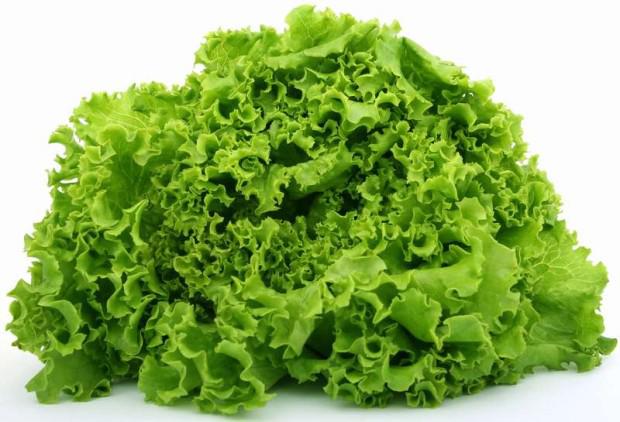
There are foods that are designed to reduce sexual desire and associated with the anti-sex. In ancient Greece, the wife applied to the dinner salad, clearly said to her husband: Hands off.
The salad was sacred to the goddess Aphrodite, but the reason was not the love of his properties. One day, Aphrodite fell in love with a mortal boy Adonis, but their love story turned into a tragedy. Son of Apollo Erimantos saw Adonis and Aphrodite together and was turned into a wild boar for peeping. He raised and killed Adonis, who was hiding in the lettuce field.
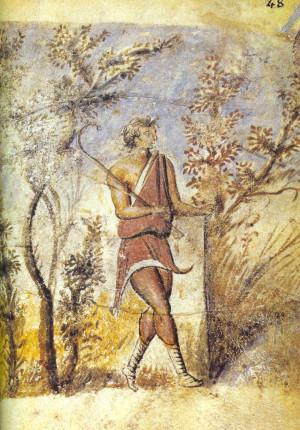
After his death, Aphrodite put her body on a bed of lettuce leaves to mourn him forever bound thereby salad with death and impotence. Later, a friend of her mortal lover, Phaon, suffered the same fate.
Salad became associated with impotence because of pseudoscientific myth, widespread Greek physician Nikandr of colophon. He said that the salad makes a man impotent no matter how much he wants a woman.
9. Honey and medovuha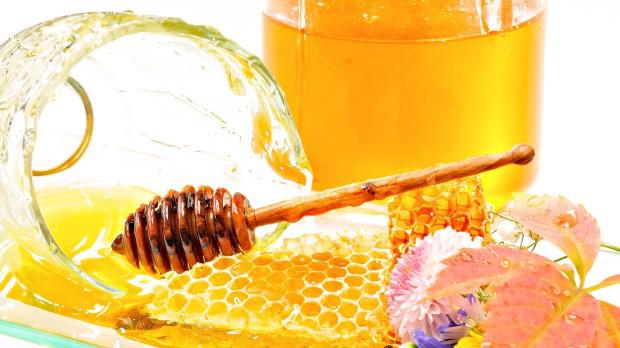
Honey has long been considered an aphrodisiac. In the end, he gave the name of the best traditions of the wedding - the honeymoon. More precisely, the honeymoon is named in honor of mead, an ancient alcoholic beverage made from honey. It was believed that it increases libido, especially just zhenivshihsya young people.
Honeymoon appeared in ancient Persia, where the couple 30 days after the wedding every night drinking honey. The tradition is so ingrained that if conceive a child within a month after the wedding, and was born nine months later, his appearance on the light attributed to mead.

It was also believed that mead gives wisdom and courage to those who drink it. Celts drank this beverage with about 500 x pa in. BC. e., and Saint Bridget has identified a miracle - changing water into mead instead of wine. Maya and Aztecs also drank some semblance of mead.
Popularity of honey for centuries have advanced scientific explanation. It contains significant amounts of vitamins, proteins, and nitrogen oxides, the health-related reproductive system. Mead also reduces shyness and helps a person to reject her on their wedding night - drink after all.
10. Chesnok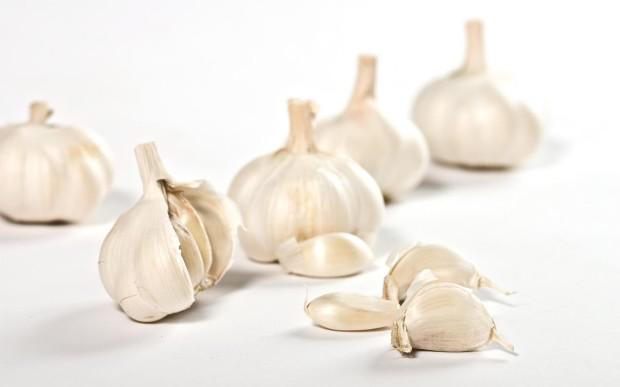
Garlic because of its strong smell may not be the best candidate for the role of a love of the product. But its history as an aphrodisiac rather long. The Talmud says that garlic be eaten on Fridays, because it is the traditional day for the execution of marital debt.
Garlic has a number of properties that make it favorable for sexual relationships. It is believed that it gives the body heat, causing a feeling of happiness, suppresses hunger, increases the number of sperm and kills parasites living in your body. Some scriptures say that he kills jealousy makes people closer to each other.
However, many cultures, including the Greeks and Romans, could not stand garlic because of its odor. A Muslim legend says that garlic and onions appeared where Satan went when he left the Garden of Eden. In India, garlic was a list of products that could not have members of the higher castes.
A tragic turn of history - garlic is used by the Nazis to identify Jews. They believed that by Jew will certainly come the smell of garlic, and it was confusing racial label. Symbol of love in marriage has become a powerful insult.
via factroom.ru
1. Ustritsy

It is said that the famous lover Casanova ate every day for breakfast on 50 oysters, to prepare yourself for the day's work. Also Oysters have always been obligatory dish on the famous Roman orgies, not least the famous Roman doctors prescribed them as a cure for male impotence. One of the reasons why the oysters are associated with love - it's their lip-like shape. But it is also related to the reproductive cycle of these animals.
Oysters produce reproductive material flow directly into the water. There is a so-called external fertilization, but people have long believed their sexual giants. Before we learn how to breed oysters, they are closely linked with the Greek goddess of love and sexual desire Aphrodite. All shellfish were her sacred animals - according to legend, it originated in the clam shell. Pearl was considered a sacred stone of the goddess.
2. Avokado

Avocado adored Louis XIV, he believed that these fruits are beneficial to his libido. Avocados have a creamy, soft texture, and when you eat, there is a strange feeling. But the fruits of love they were not considered so.

Avocados hanging in the trees in pairs, and they are similar to a certain part of the male body. The Aztecs called the fruit «ahuacatl», which means "egg". When the Spaniards learned about the Aztec culture avocados already considered one of the fruits of love.
Later, the fruit spread to the north, and farmers began to sell it to the Americans. Those invented a new name for a fruit, which was easier to pronounce. In addition, it did not mean anything wrong. However, the previous alternate name for avocado, "crocodile pear", was no better than "eggs».
3. Mindal

At weddings can often see small candy with almonds. It is not just the taste, it's a tradition. Almonds are considered an aphrodisiac in ancient Greece: Greek couple received a blessing by means of almonds to their union was fruitful. And if an unmarried girl under the pillow kept almonds, its image was supposed to be in the thoughts of her future husband.
In Morocco, almond is used to convey good luck bride's future generations - it is presented to children after the wedding night the young. And in India, almonds give the representative of the opposite sex is to make quite clear proposal.
The relationship between fertility almonds and dates back to the Bible. Chapter 17: 1-8 Numbers book tells the story of the rods, these children of Israel. Aaron got the rod for the house of Levi, and he knew that his family will prosper if the rod will blossom, and it will grow almonds. Also almonds and mentioned elsewhere in the Old Testament, but the reproduction of at least a hint of plain text when God asked Jeremiah what he sees before him, he said he sees the fruits of the almond tree.
4. Granat

Pomegranate - the fruit of another, whose history dates back to Aphrodite, the goddess who gave her name aphrodisiac. According to Greek legend, the first pomegranate tree was planted by Aphrodite in Cyprus. His relationship with her was confirmed by the structure of pomegranate - the fruit is filled with seeds.
Pomegranate has also become a sacred symbol of Hera, the goddess and the two together are the reason that the garnet became associated with marriage and fertility. In the expanded garnet we see not only a variety of seeds - the color symbolizes the blood of a virgin and was thus indirectly connected again with the marriage.
Pomegranates appear in the myth of Persephone: She eats some pomegranate seeds to secure an alliance with Hades.
5. Zhaby

Along with the wild toad licking habit to cause hallucinations, and even toads used to produce chemical aphrodisiacs. More recently, in 1990, preparations based on these substances were the cause of several deaths. The drug (officially it was called bufadienolides, but the people got the name "steadfast") was a deadly combination of chemicals, long used in Chinese medicine. The so-called "aphrodisiac" called first vomiting, then cardiac arrest or respiratory failure.
Death began when people started to take the drug by mouth, but in traditional Chinese medicine ingredient often rubbed into the skin. "Chang Soo," a substance obtained from the prepared zhabih toxin reduces swelling and stimulates the body. It also causes numbness, and this is the quality can really act as an aphrodisiac. If they rub a certain part of the body, it reduces sensation and increases the duration of sex. But if it is wrong to prepare and then eat, the substance would be fatal.
If you've ever wondered why the princess in the fairy kissing a frog or toad to find a prince, you know - this is not accidental. It does not just enjoy the hallucinations - it could be a hint of aphrodisiac qualities.
6. Horn nosoroga

At the beginning of XX-th century on the planet were about half a million rhinos. By the beginning of XXI-st century the number was reduced to a thousand - due to poaching rhinos are on the brink of extinction. The number has stabilized, but the threat to rhinos still not disappeared.
Poachers shoot rhinos for their horns, allegedly a powerful aphrodisiac, as the rhino horn is used in Chinese medicine for centuries for a variety of purposes - it is believed that it banishes nightmares and evil spirits, it removes the effects of food poisoning, eases pain from arthritis cures cold and fever, and even an antidote against snake bites. But as an aphrodisiac it is not used.

Rhino horn was seen as an aphrodisiac because of a misunderstanding of the people of the West. It happened in the 1950s, and by the 1960s it became extremely popular misconception, because it has distributed the famous anthropologist Louis Leakey.
There is one practice, perhaps leading to the emergence of a giant error. It is the Middle Eastern custom of initiation of boys into adulthood - at the ceremony, they should keep the daggers of rhino horns. In Greece, they believed that the horn cleans water from the poisons and toxins, and in Persia believed that the bubbles that appear when pour poison into a cup of rhino horn, do not have anything to do with an aphrodisiac.
7. Shokolad

On Valentine's Day chocolate has become the most popular commodity, but the scientific evidence of how well it is an aphrodisiac, yet. Some studies suggest that chocolate does contain chemicals that make us feel good, but their content is so low that it can be ignored.
But this is not a new trend: the cocoa beans are grown and used back in the 1400s BC. e., far longer than had long been assumed.
Many records show the importance of chocolate in the Mayan and Aztec cultures: in both civilizations from cocoa beans was prepared drink, but did not eat - edible chocolate appeared much later. Chocolate is often used as a ceremonial drink of the Mayans was quite accessible to the average person, but at the same time was considered a drink of the gods. On the wedding and engagements couples often drinking chocolate - it was part of the rituals associated with the change of life status.
Chocolate has also been extremely valuable to the Aztecs. It was believed that chocolate was a gift from the god Quetzalcoatl mortals: it, like the Greek Prometheus, was expelled from heaven, and he brought in a gift chocolates instead of fire to mortals.
The seeds of cocoa beans were used as currency, and drinking the beverage itself was sometimes quite painful procedure. At weddings there is nothing wrong with a chocolate drink, but he was also an important part of the sacrifice. Those who sacrificed, first prepared for the ceremony - they were forced to drink chocolate almost violently.
8. Lettuce - anti-afrodiziak

There are foods that are designed to reduce sexual desire and associated with the anti-sex. In ancient Greece, the wife applied to the dinner salad, clearly said to her husband: Hands off.
The salad was sacred to the goddess Aphrodite, but the reason was not the love of his properties. One day, Aphrodite fell in love with a mortal boy Adonis, but their love story turned into a tragedy. Son of Apollo Erimantos saw Adonis and Aphrodite together and was turned into a wild boar for peeping. He raised and killed Adonis, who was hiding in the lettuce field.

After his death, Aphrodite put her body on a bed of lettuce leaves to mourn him forever bound thereby salad with death and impotence. Later, a friend of her mortal lover, Phaon, suffered the same fate.
Salad became associated with impotence because of pseudoscientific myth, widespread Greek physician Nikandr of colophon. He said that the salad makes a man impotent no matter how much he wants a woman.
9. Honey and medovuha

Honey has long been considered an aphrodisiac. In the end, he gave the name of the best traditions of the wedding - the honeymoon. More precisely, the honeymoon is named in honor of mead, an ancient alcoholic beverage made from honey. It was believed that it increases libido, especially just zhenivshihsya young people.
Honeymoon appeared in ancient Persia, where the couple 30 days after the wedding every night drinking honey. The tradition is so ingrained that if conceive a child within a month after the wedding, and was born nine months later, his appearance on the light attributed to mead.

It was also believed that mead gives wisdom and courage to those who drink it. Celts drank this beverage with about 500 x pa in. BC. e., and Saint Bridget has identified a miracle - changing water into mead instead of wine. Maya and Aztecs also drank some semblance of mead.
Popularity of honey for centuries have advanced scientific explanation. It contains significant amounts of vitamins, proteins, and nitrogen oxides, the health-related reproductive system. Mead also reduces shyness and helps a person to reject her on their wedding night - drink after all.
10. Chesnok

Garlic because of its strong smell may not be the best candidate for the role of a love of the product. But its history as an aphrodisiac rather long. The Talmud says that garlic be eaten on Fridays, because it is the traditional day for the execution of marital debt.
Garlic has a number of properties that make it favorable for sexual relationships. It is believed that it gives the body heat, causing a feeling of happiness, suppresses hunger, increases the number of sperm and kills parasites living in your body. Some scriptures say that he kills jealousy makes people closer to each other.
However, many cultures, including the Greeks and Romans, could not stand garlic because of its odor. A Muslim legend says that garlic and onions appeared where Satan went when he left the Garden of Eden. In India, garlic was a list of products that could not have members of the higher castes.
A tragic turn of history - garlic is used by the Nazis to identify Jews. They believed that by Jew will certainly come the smell of garlic, and it was confusing racial label. Symbol of love in marriage has become a powerful insult.
via factroom.ru
Black dog syndrome and scientific myths
In the 17th century, it wrote a book containing all the known colors and shades










